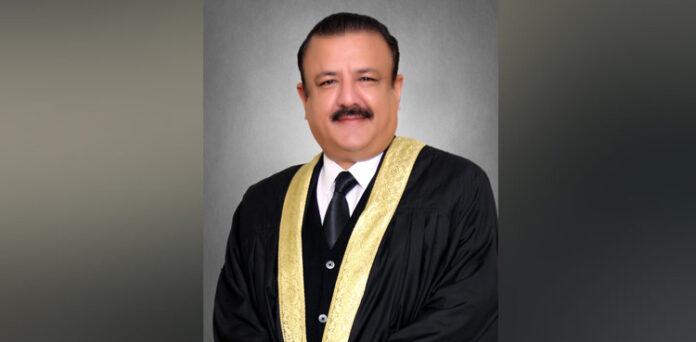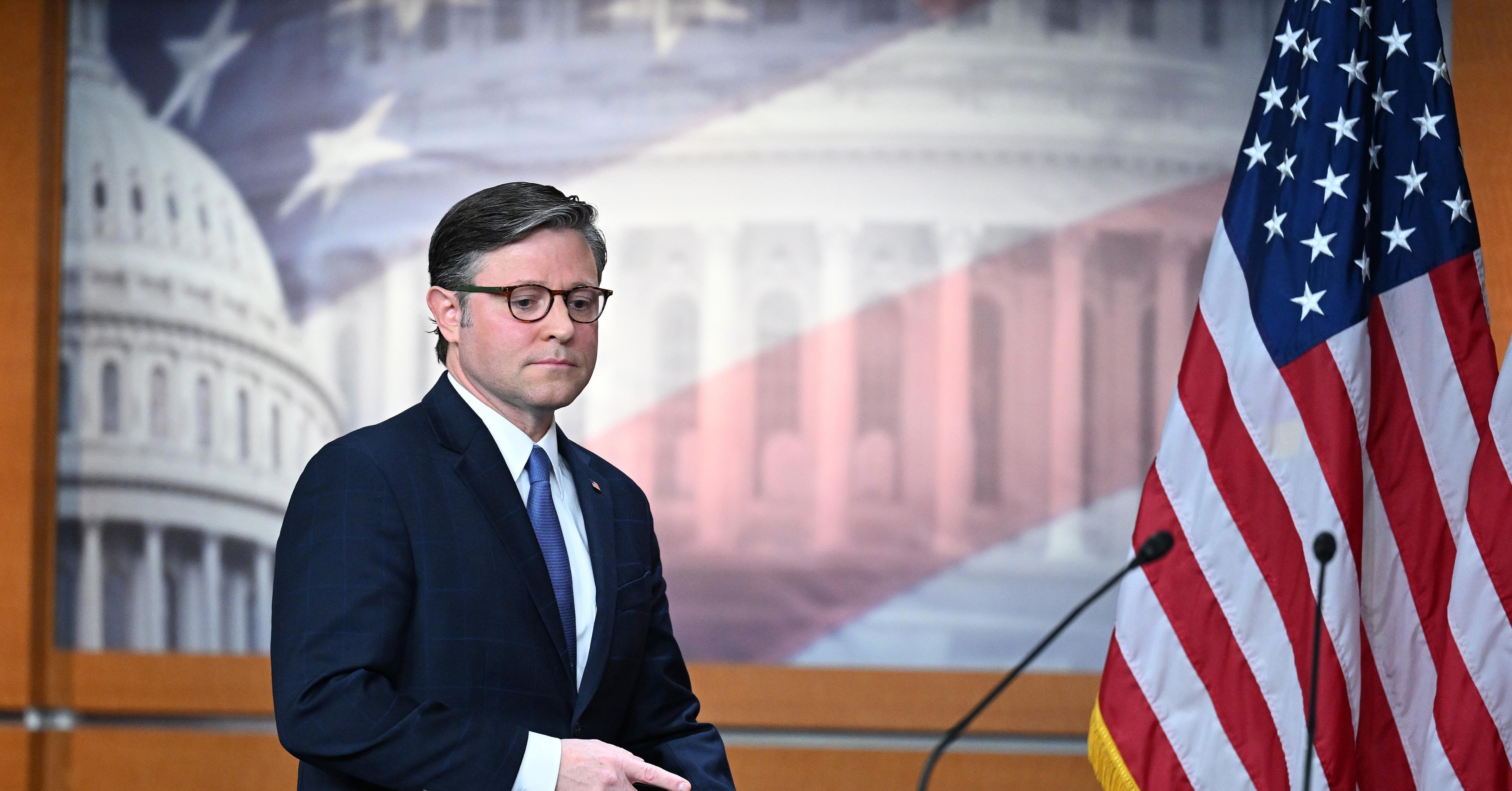Missile launched on Sunday, apparently to avoid territorial spaces of neighbours, reached a maximum altitude of 2,000km


North Korea fired what appeared to be the most powerful missile it has tested since the US president, Joe Biden, took office, possibly breaching a self-imposed suspension on the testing of longer-range weapons and sparking condemnation from the United States and its allies.
The Guardian reported that the Japanese and South Korean militaries said the missile launched on Sunday travelled on a lofted trajectory, apparently to avoid the territorial spaces of neighbours, and reached a maximum altitude of 2,000km (1,242 miles) and traveled 800km (497 miles) before landing in the sea.
The flight details suggest North Korea tested its longest-range ballistic missile since 2017, when it twice flew intermediate-range ballistic missiles (IRBMs) over Japan and separately flight-tested three intercontinental-range ballistic missiles (ICBMs) that demonstrated the potential range to reach deep into the American homeland.
Sunday’s test was North Korea’s seventh round of weapons launches this month. The unusually fast pace of tests indicates its intent to pressure the Biden administration over long-stalled nuclear negotiations as pandemic-related difficulties unleash further shock on an economy broken by decades of mismanagement and crippling US-led sanctions over its nuclear weapons program.
“The United States condemns these actions and calls on [North Korea] to refrain from further destabilising acts,” the US military’s Indo-Pacific command said in a statement after Sunday’s launch.
The South Korean president, Moon Jae-in, called an emergency national security council meeting, where he described the test as a possible “midrange ballistic missile launch” that brought North Korea to the brink of breaking its 2018 suspension in the testing of nuclear devices and longer-range ballistic missiles.
The Japanese defence minister, Nobuo Kishi, told reporters it was clear that the missile was the longest-range weapon the North has tested since launching its Hwasong-15 ICBM in November 2017.
The launch came after the North Korean leader, Kim Jong-un, chaired a ruling party meeting on 20 January where senior party members made a veiled threat to lift the moratorium, citing what they perceived as US hostility and threats.
Kim in April 2018 declared that “no nuclear test and intermediate-range and inter-continental ballistic rocket test-fire” were necessary for the North any longer as he pursued diplomacy with then-US president Donald Trump in an attempt to leverage his nukes for badly needed economic benefits.

Chatbots are struggling with suicide hotline numbers
- 11 hours ago

IHC summons Registrar Karachi University in Justice Jahangiri’s degree case
- 18 hours ago
Govt slashes diesel price by Rs14 per litre
- 12 hours ago

Disney wants to drag you into the slop
- 11 hours ago

The biggest mosquito-borne disease in the world has a cure. There’s just one problem
- 9 hours ago

Why Republicans in Congress are turning against Trump
- 9 hours ago

Control’s action-RPG sequel launches in 2026
- 11 hours ago

Remember Google Stadia? Steam finally made its gamepad worth rescuing
- 11 hours ago
Police recover gold from accused's husband in Dr Warda murder case
- 17 hours ago
FIFA hails 5M WC ticket requests amid backlash
- 10 hours ago
Messi mania peaks in India’s pollution-hit capital
- 18 hours ago
Australia plans tougher gun laws after police say father and son killed 15 at Bondi Beach
- 18 hours ago




